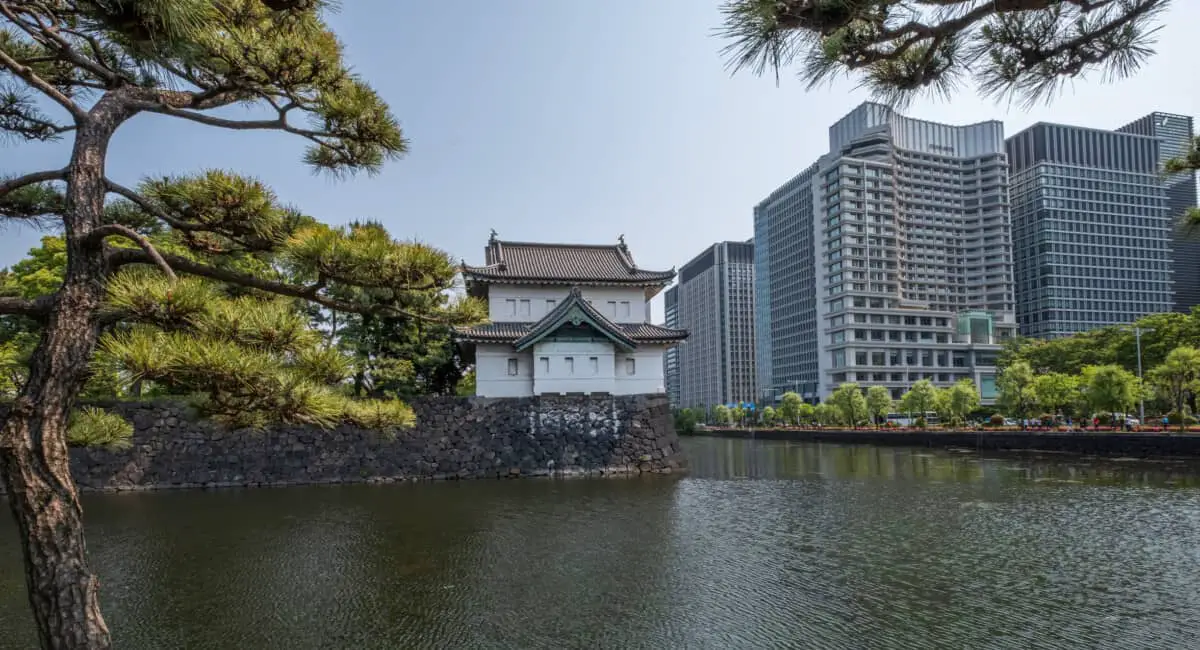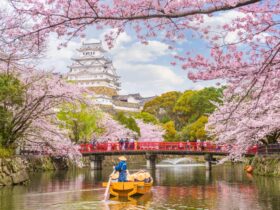Tokyo Imperial Palace is the main residence of the Japanese Emperor and Empress. This palace is located in Chiyoda, Tokyo, and constructed of multiple, interconnected buildings and gardens. Because of its great importance, the public is only granted limited access to the palace.
The palace’s interior grounds are typically closed to the public. Visitors can only enter the inner palace grounds on January 2 for public greetings from the Imperial family and February 23 for the Emperor’s birthday. Appearances are made by the family on these occasions.
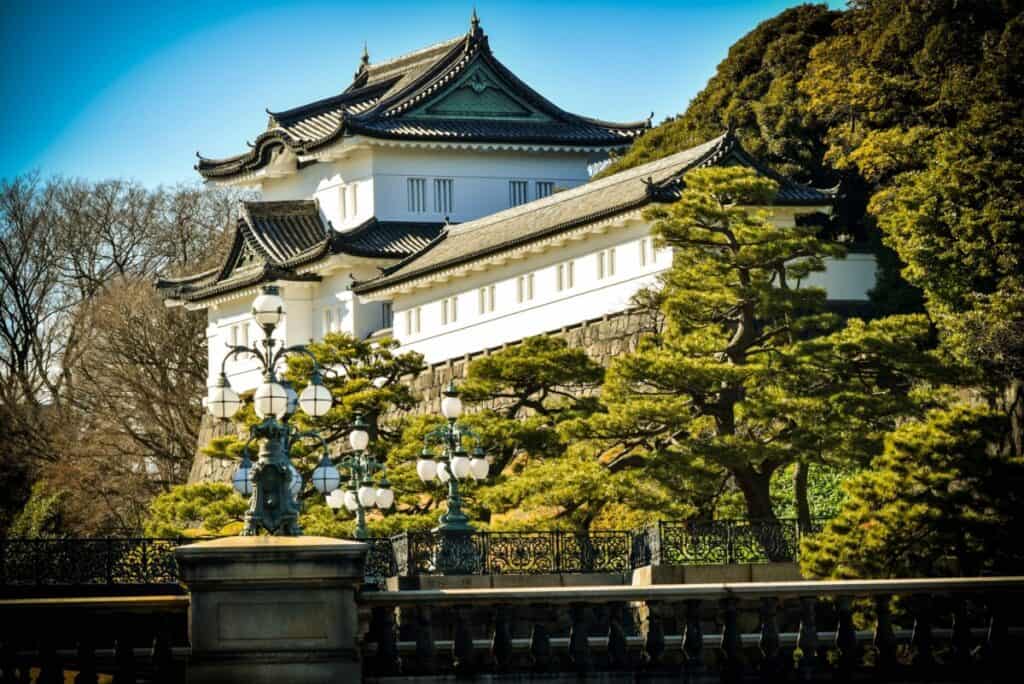
The building of the Imperial Palace was officially complete at the end of the late 1980s. Establishing the Imperial Palace was a long journey after the collapsing and overtaking of allied forces post-world war II. Although the palace is relatively new, the architecture is traditional Japanese style.
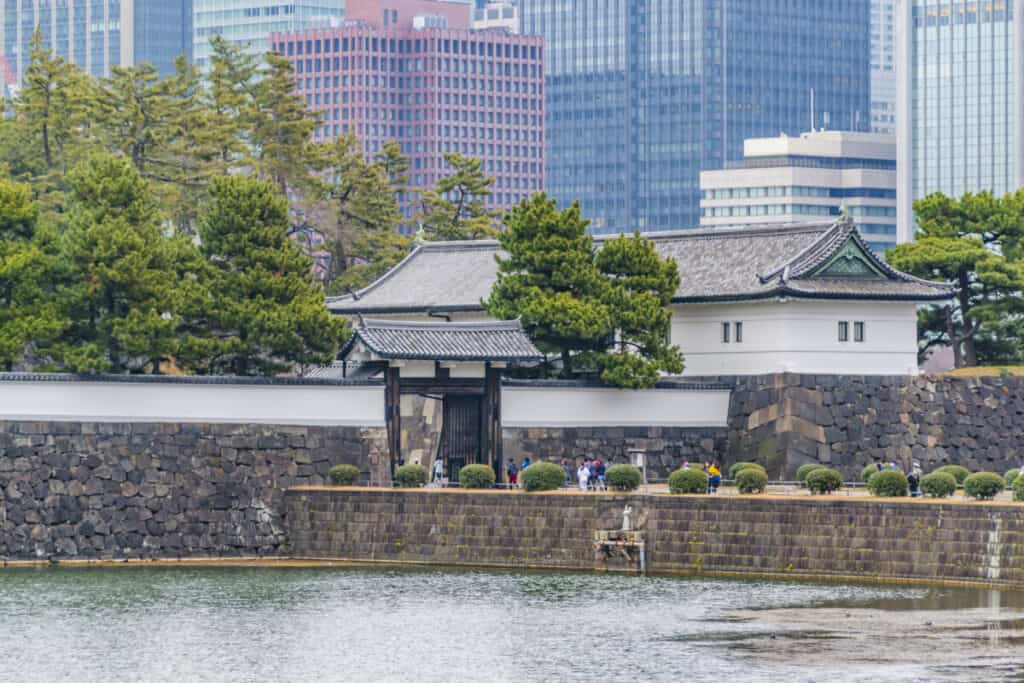
When visiting Tokyo’s Imperial Palace, take a tour from a local guide to get the full experience. These guides offer in-depth, accurate information about historical events that happened right where you will stand.
The Imperial Palace is full of exciting views. Standing in the East Garden is a marvel once you realize you are in the middle of one of Japan’s real defense fortresses.
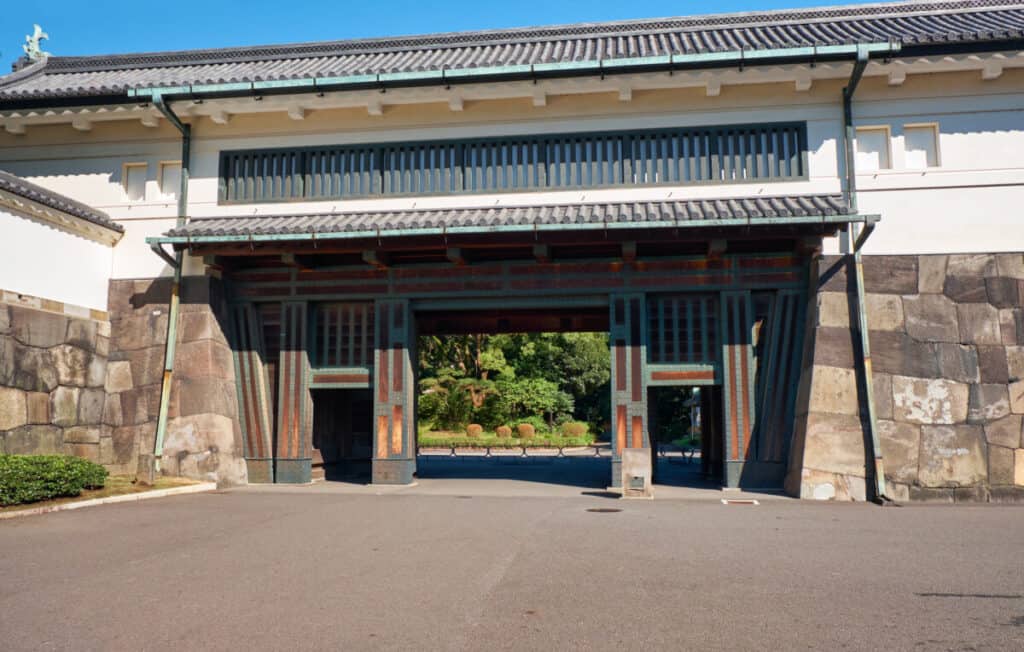
The Tokyo Imperial Palace (皇居, Kōkyo, translates to ‘Imperial Residence’) is the primary residence of the Emperor and the imperial family of Japan.
10 Quick facts about the Imperial Palace:
- 379 acres of gardens and land, and surrounded by a moat
- Japans ruling emperor moved to Tokyo in 1868
- Palace is two-stories high and has one underground level
- Museum of Imperial Collections (Sannomaru Shozokan) are in the East Gardens
- Guided tours last approximately 75 minutes
- The Imperial Palace compound belongs to Japan itself
- The interior shrines are currently owned by the Imperial family
- 20 percent of Tokyos trees are on the imperial grounds
- Three sections of the palace are Imperial residence, Shrines and a museum
- The East gardens of the palace are open to the public
The History of Tokyo Imperial Palace
Tokyo was not always Japan’s capital. At one point, Japan’s capital was in Kyoto. However, an overthrow led the Emporer of Japan to search out new land for his country’s capital. Eventually, he settled upon the remains of Edo Castle, once ruled by the Tokugawa shogun.
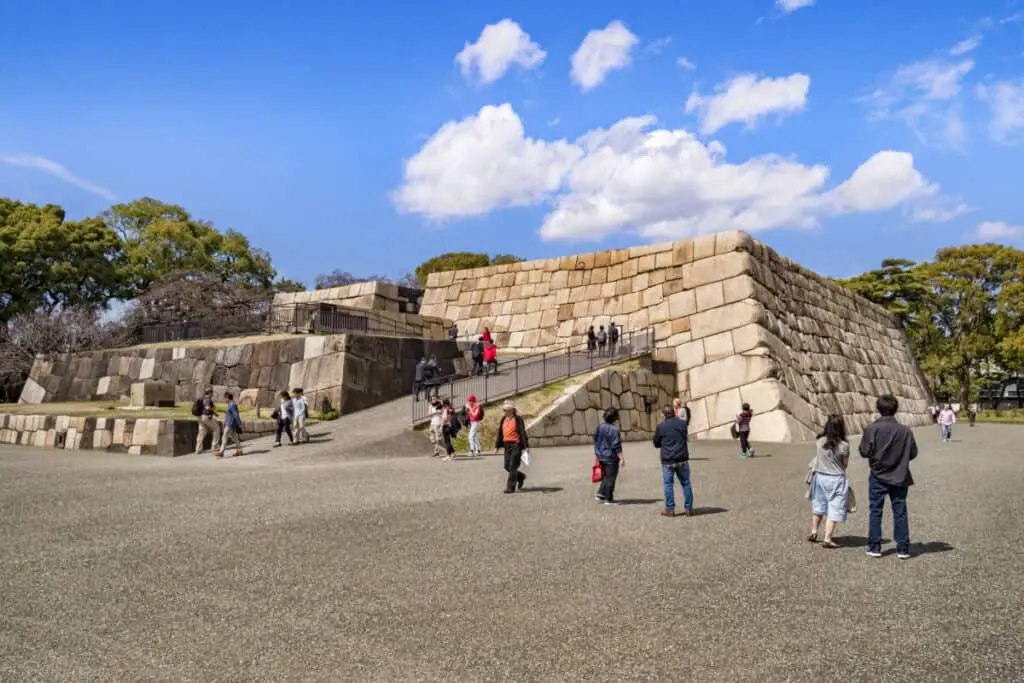
Edo Castle (also known as Chiyoda Castle) was built in 1457 by the Ota Dekon. After several overthrows and a grand collapse during the Meiji period, it eventually became the birthplace of Tokyo Imperial Palace.
Later, during World War II, the Imperial Palace was destroyed by aerial attacks on May 25, 1945. After the conclusion of the second world war, The Emperor of Japan, Emperor Hirohito Showa, restored the Tokyo Imperial Palace to its original state. The (near) identical design was symbolism for recovery and resilience for Japan.
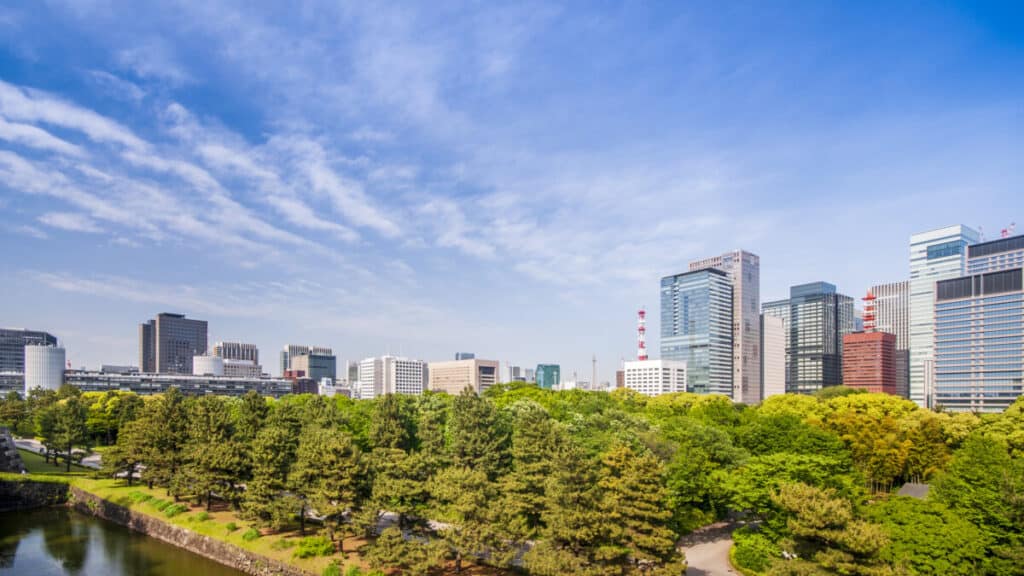
Emperor Showa added several shrines and garden elements to the Tokyo Imperial Palace as he transformed the East Garden from a warzone and into a remembrance garden.
The Modern Use of Tokyo Imperial Palace
The Tokyo Imperial Palace is currently home to the Emperor of Japan and a symbol of the Japanese people. The Emperor of Japan lives in the Tokyo Imperial Palace, and because of this, the general public is not allowed within the main palace grounds.
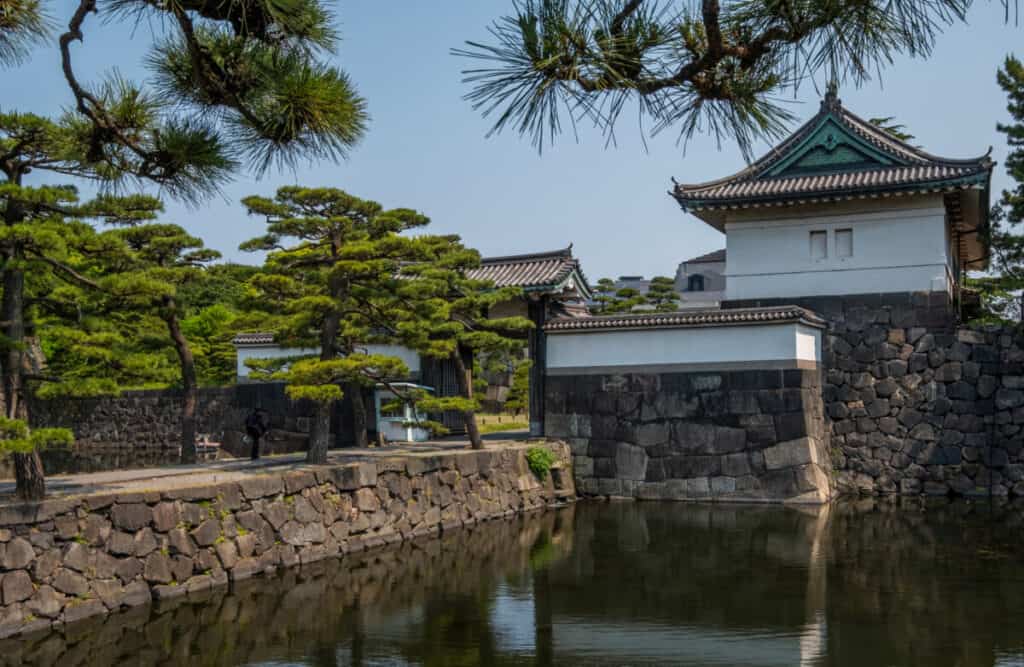
As the capital building, the Imperial Palace is also the area for many prominent visitors and official meetings, and foreign dignitaries. The Emperor of Japan conducts most (if not all) of his major business within his palace walls. The palace walls guarantee his safety and security.
Festivals and Yearly Activities
The Emperor permits the public to visit the palace grounds two times per year on the Emperor’s birthday and to celebrate a New Year’s Greeting. On the New Year, the public celebrates Utakai Hajime, a poetry competition.
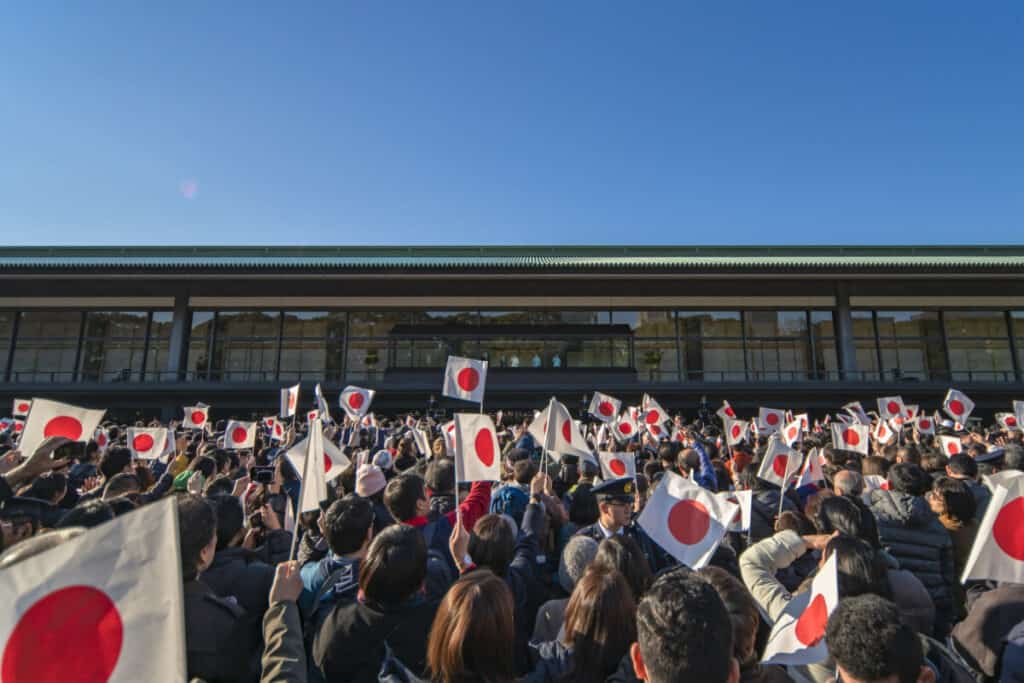
During the New Year, the Japanese public also receives a public greeting from the Emperor of Japan and sees the imperial family from afar as they appear on their balcony. Over 50,000 people are said to attend the greeting from the imperial family for Japan’s New Year.
The public can enjoy the inner gardens during yearly events and experience Imperial Palace locations generally closed during other times of the year.
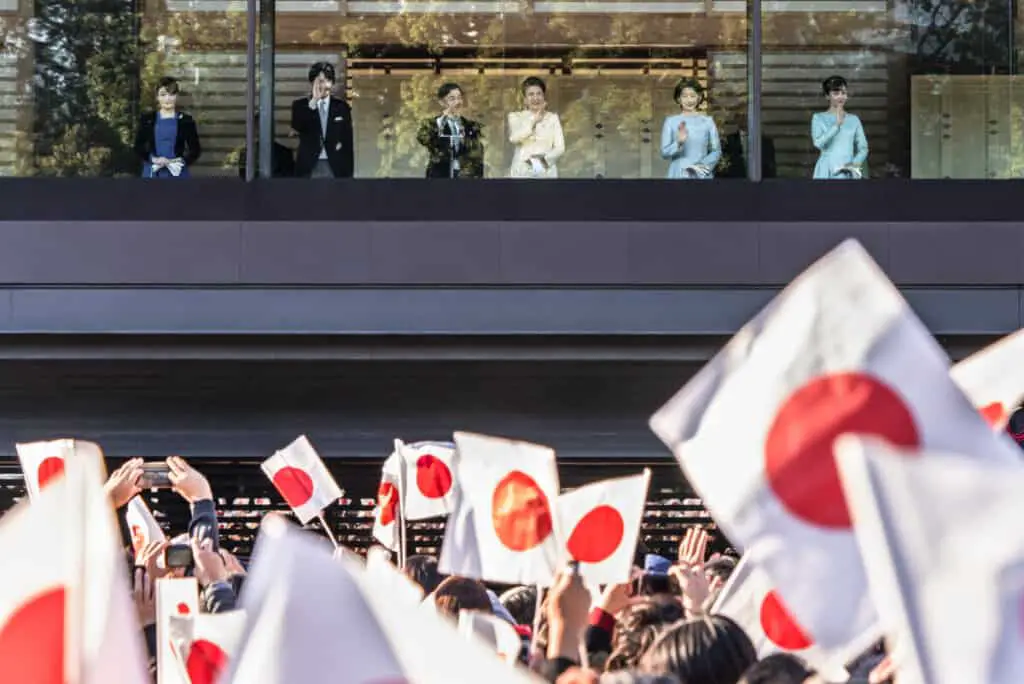
Guided Tours
The public is allowed to partake in guided tours around the Imperial Palace. However, there is a restriction on the areas participants are allowed to go. Each tour lasts for a total of 75 minutes, occurring daily in both Japanese and English.
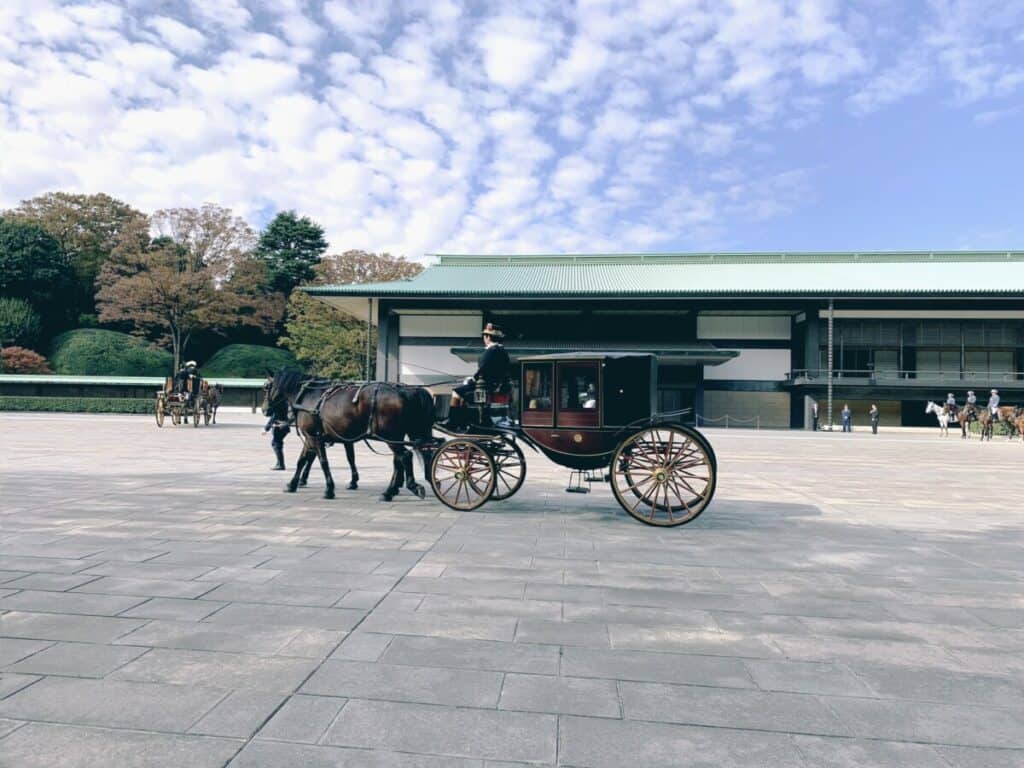
Patrons may make reservations in advance or purchase tickets on-site. Reservations guarantee a time and allow you to make group reservations. Purchasing tickets at the gate does not guarantee that you will get entry. If they have run out of space for the day, you may need to come back another time or wait for the next tour to begin.
Guided tours of the Imperial Palace via Tripadvisor
What Is Inside The Tokyo Imperial Palace?
The Tokyo Imperial Palace is composed of several different buildings and a few interconnecting gardens. Interested visitors can access these gardens through free admission or guided tours.
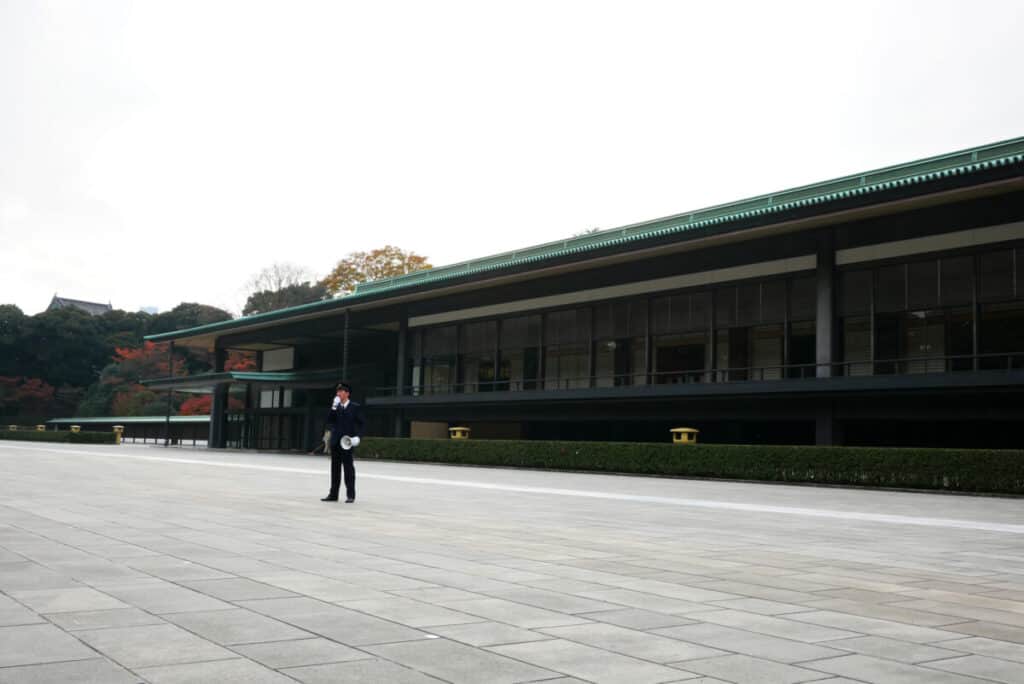
In the main building of the Tokyo Imperial Palace, there are six connecting wings. The connecting wings form a general building complex. There are also additional areas for recreation and free-roaming. These areas are inaccessible to the public aside from the East Garden, which is open year-round.
The Imperial Palace
The Imperial Palance (kyuden) is the general headquarters of the palace. It is also where the Emperor and Empress reside, hold meetings, and conduct business. In general, The kyuden, Tokyo Imperial Palace building, is the focal point of the whole palace.
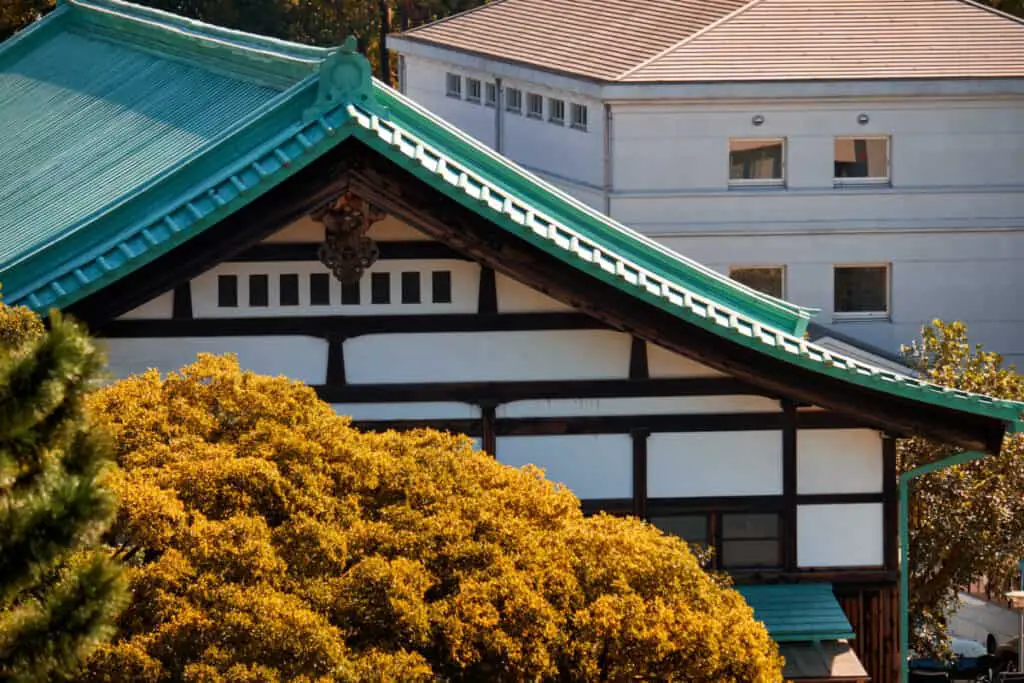
The modern palace consists of multiple buildings (wings) connected via hallways to create a concrete and steel-frame reinforced structure. The Imperial Palace’s has six main components, including:
- Hōmeiden State Banquet Hall
- The Emporer’s work office
- Seiden State Function Hall
- Rensui Dining Room
- Chigusa Chidori Drawing Room; and
- Chōwaden Reception Hall
The Imperial Palace is the private residence of the Emporer which means no member of the public is allowed inside without permission. Some areas of the palace grounds permit tours of the gardens and other selected buildings.
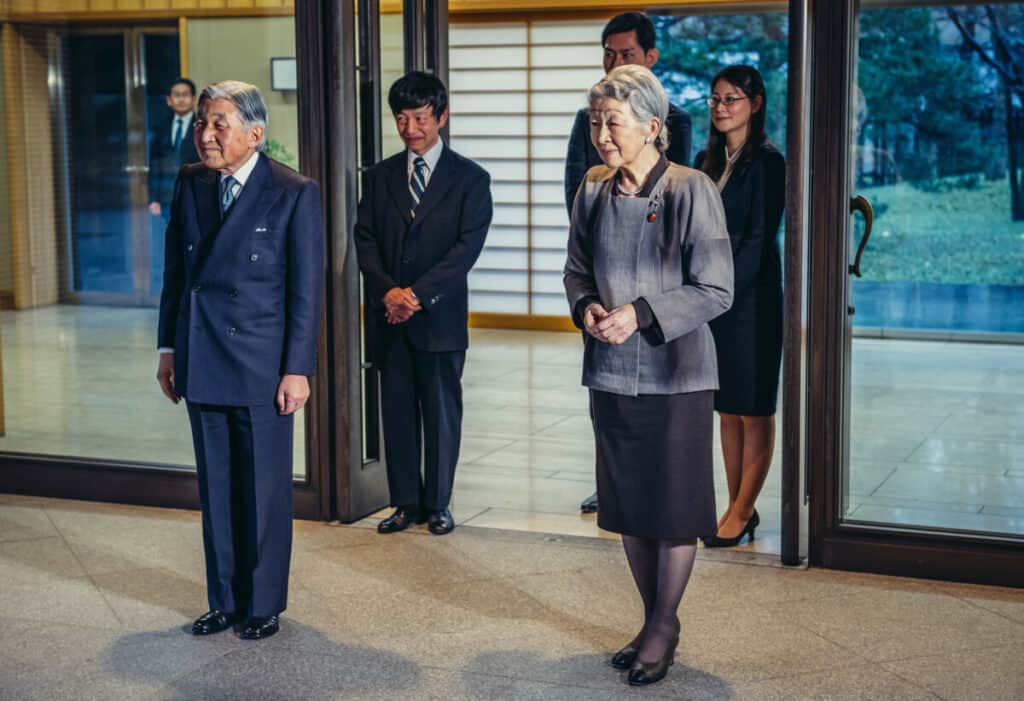
However, the interior of the kyuden, Imperial Palace, itself does not permit any tours or guides from getting special access inside the Emporer of Japan’s private residence.
Fukiage Garden
Fukiage Garden is a garden of wildflowers located within the Northern side of the Imperial Palace. Within the Fukiage Garden is called Hana-batake Goten (the Palace of the Field of Flowers). There are also several shrines for worshipping and garden structures dedicated to powerful deities.
Although no one currently lives in the fukiage gardens, and the gardens are off-limits to tourists, they are still an integral part of the Imperial Palace. The Fukiage Garden is a beautiful sight to behold, and the story that guides tell along with the tour is one of miracles and recovery.
The colorful trees of Fukiage Garden play a large role in the Tokyo Imperial Palace.
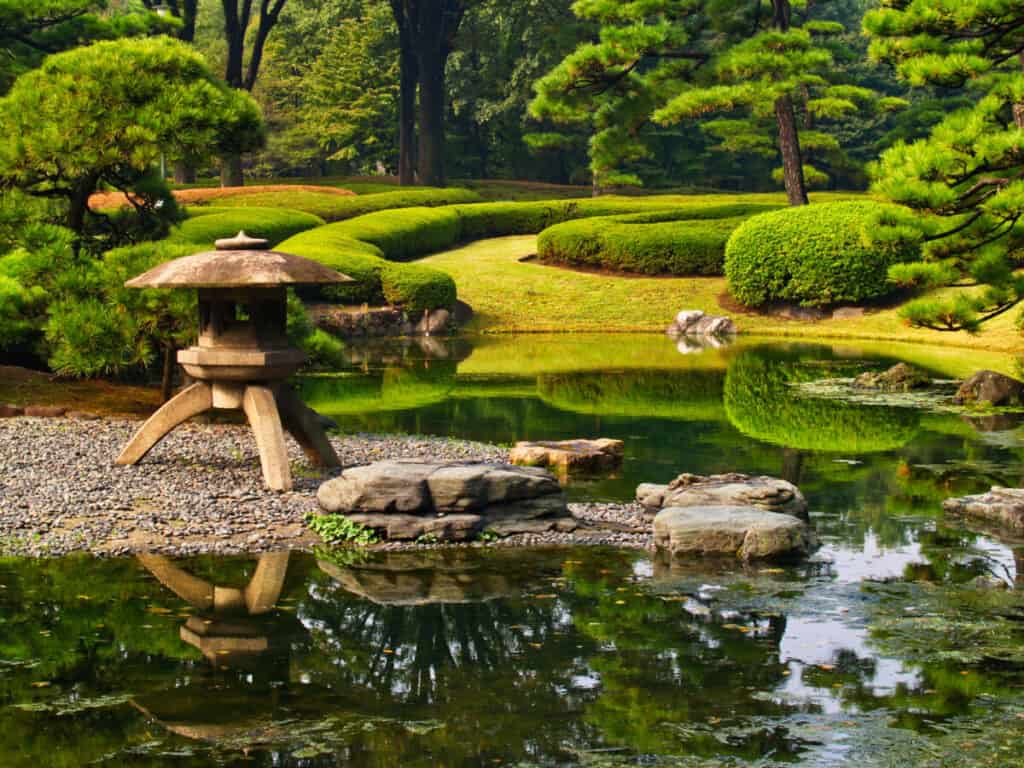
Originally, the Fukiage Omiya Palace was residence to Emperor Showa and Empress Kojun. During this time, people called the small palace in Fukiage Garden Fukiage Palace.
After the Emperor and Empress’s death, people renamed the palace to be the Fukiage Omiya Palace.
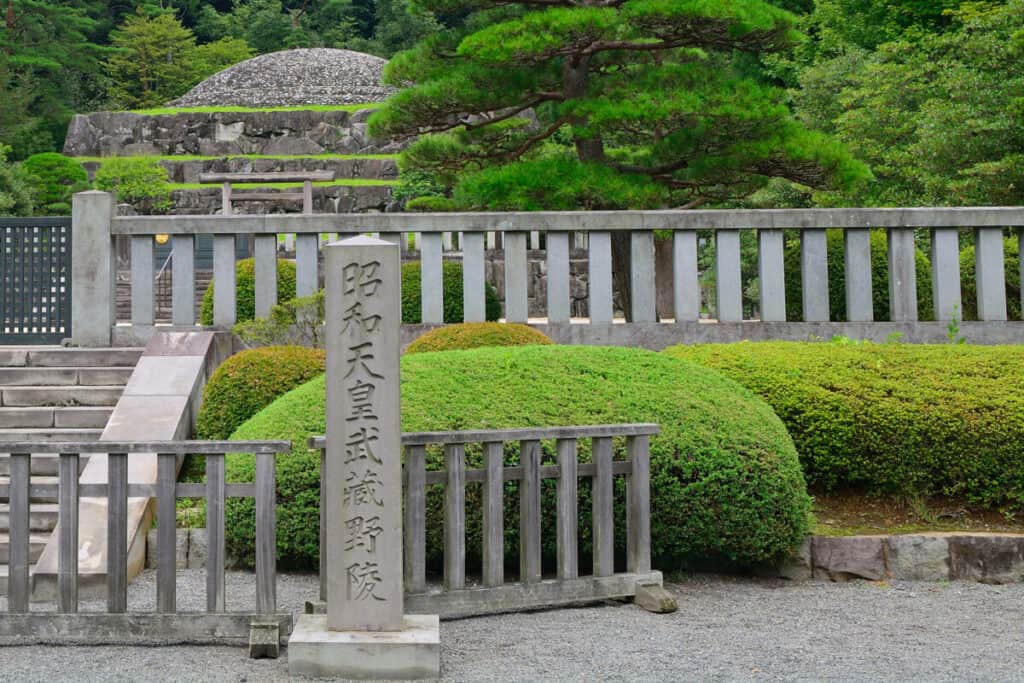
There is much else to learn that only a visit to the Tokyo Imperial Palace itself can teach you. For instance, many people believe that the Fukiage Garden plays a large, religious role in visiting the Tokyo Imperial Palace.
East Garden
The East Gardens are adjacent to the inner grounds where two Japanese defensive fortresses once stood. These lush gardens can be explored openly by the public year-round for free.
The garden is open almost every day of the week and closes before dark. During the summer, the park hours extend longer to accommodate for the extended sunlight hours.
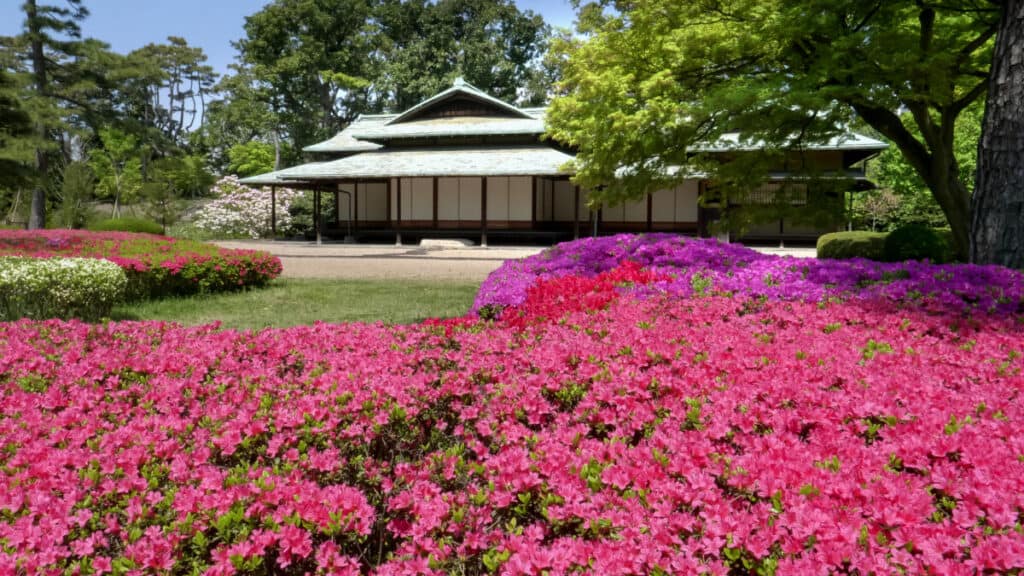
Walking through the East Garden gives a telling glance into Japan’s history. The resilient garden proves that despite fallen fortresses and rubble, beauty can still grow. The resilience and regrowth of the East Garden’s fallen fortress is a powerful and recurring message through the Tokyo Imperial Palace.
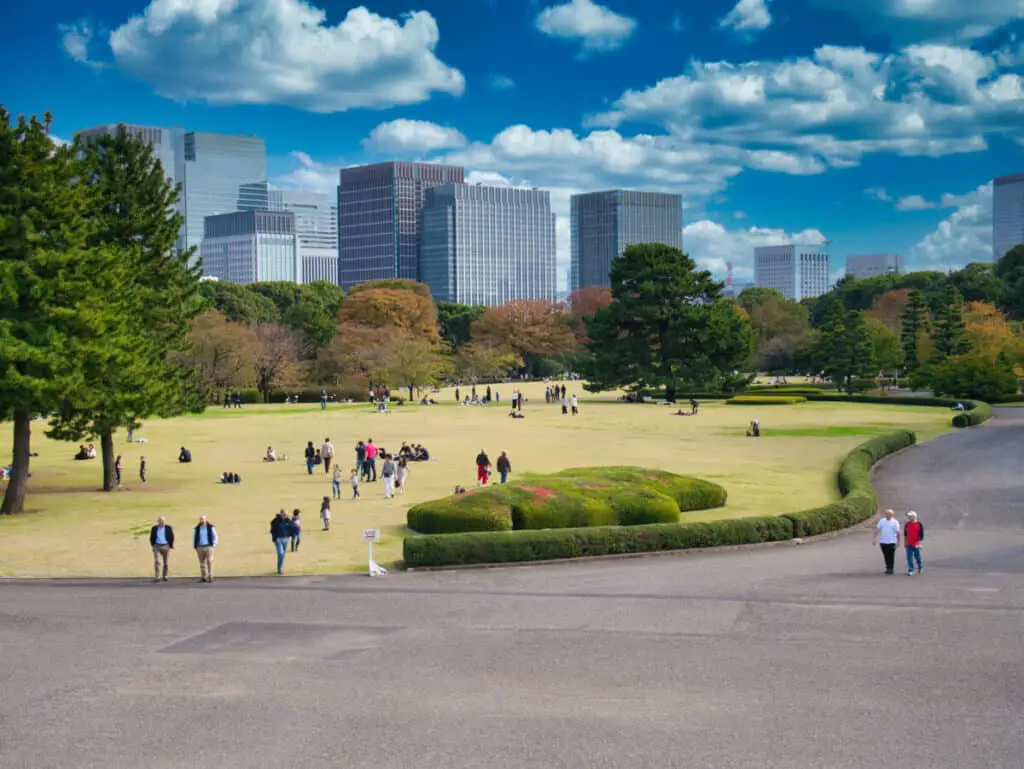
There are several buildings inside the East Garden, including most of the palace’s administrative buildings. Resource buildings are found in the East Garden. Some of the buildings found in the East Garden include:
- Ninomaru Garden
- Suwa no Chaya
- Tokagakudo (Music Hall)
The Ninomaru Garden is a special location to note because of its beauty. There are over 30 different tree species in the Ninomaru Garden, each donated to symbolize each prefecture. This intriguing park gives visitors a glimpse of the abundant plant species around Japan without forcing them to travel across the whole countryside.
East Garden Operating Hours:
- From March 1 to April 14
9:00 a.m. – 5:00 p.m. (entry up to 4:30 p.m.) - From April 15 to August 31
9:00 a.m. – 6:00 p.m. (entry up to 5:30 p.m.) - From September 1 to the end of September
9:00 a.m. – 5:00 p.m. (entry up to 4:30 p.m.) - From October 1 to the end of October
9:00 a.m. – 4:30 p.m. (entry up to 4:00 p.m.) - From November 1 to the end of February
9:00 a.m. – 4:00 p.m. (entry up to 3:30 p.m.)
The changing colors of these leaves each season make for a very beautiful and stunning area for sightseeing and photos.
The East Garden is a popular destination for tourists because it is open to the public year-round. There are multiple celebrations throughout the year in the East Garden, offering the Japanese citizens an opportunity to see more of the palace and connect with their leaders.

